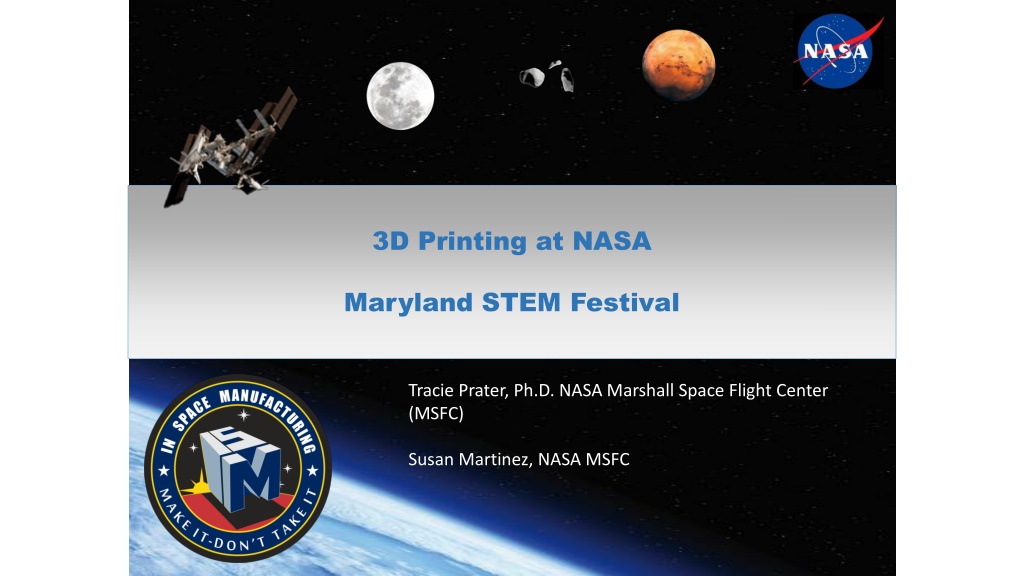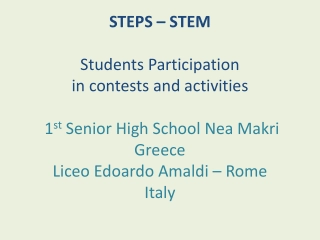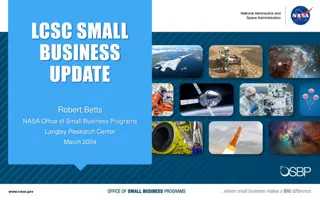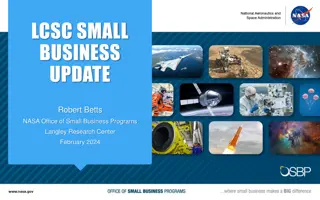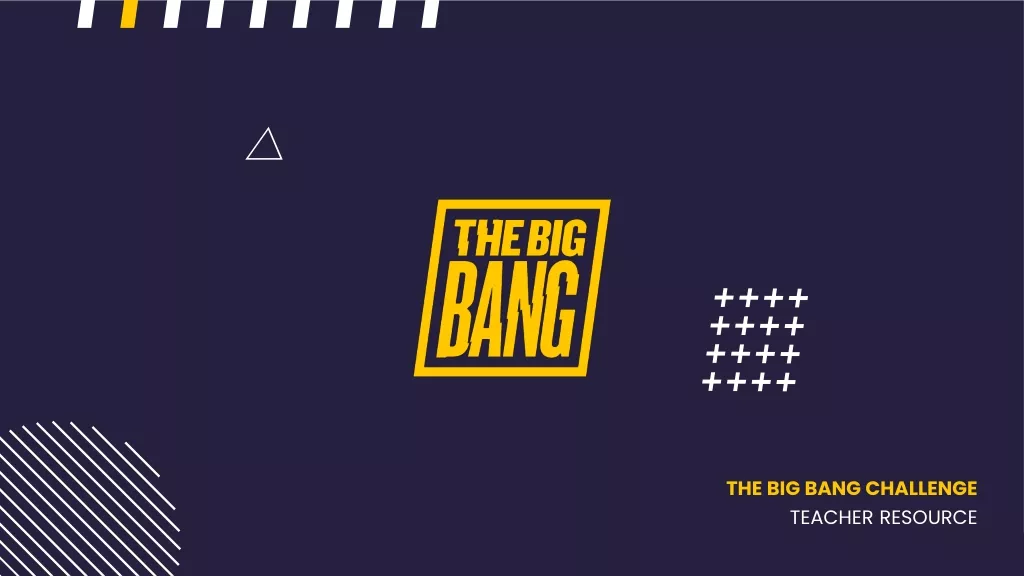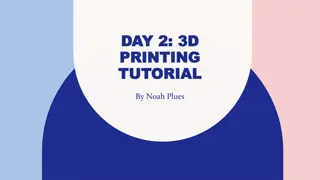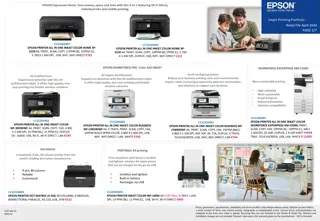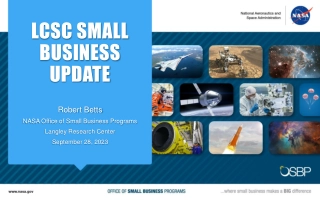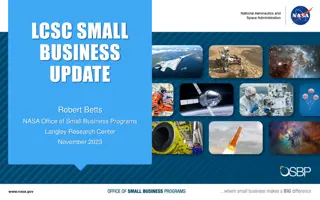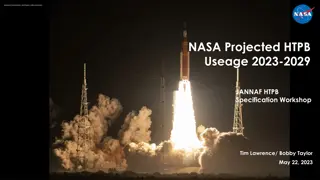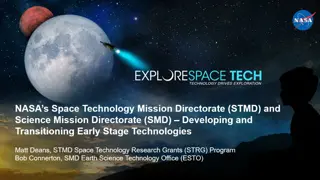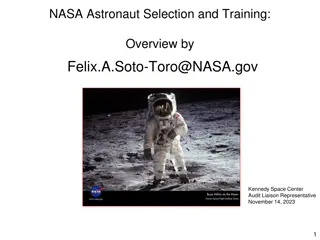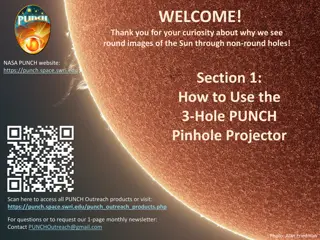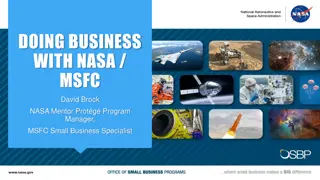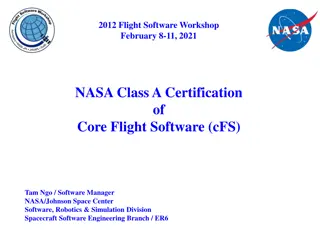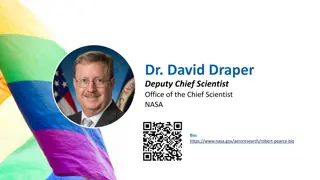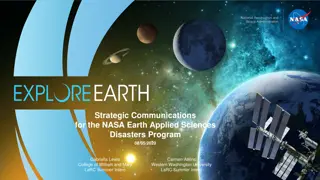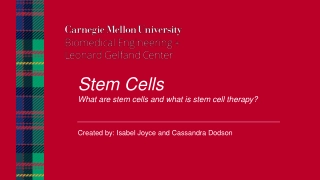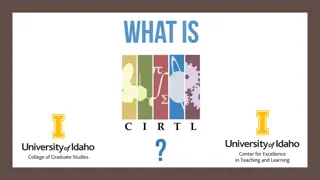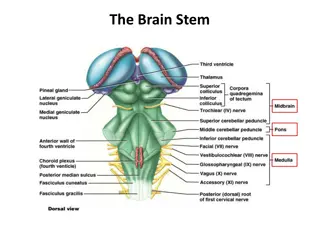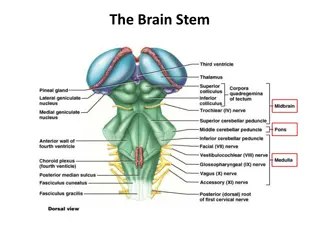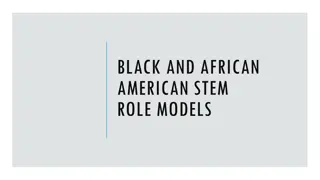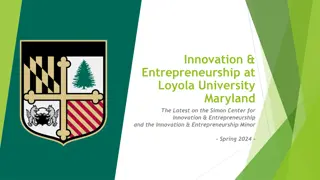3D Printing at NASA. Maryland STEM Festival
Delve into the world of 3D printing at NASA, where experts like Tracie Prater, Ph.D., and Susan Martinez from the Marshall Space Flight Center showcase cutting-edge technologies. Learn about the process, applications, and significance of 3D printing in space exploration and engineering, as well as the diverse components and facilities of NASA. Discover the impact of 3D printing on creating intricate designs, reducing production time, and advancing space technology with real-world examples of rocket engine components. Uncover the insights on how NASA utilizes 3D printing to revolutionize the aerospace industry, enhance affordability, and empower rapid prototyping for various projects and missions.
Download Presentation

Please find below an Image/Link to download the presentation.
The content on the website is provided AS IS for your information and personal use only. It may not be sold, licensed, or shared on other websites without obtaining consent from the author. Download presentation by click this link. If you encounter any issues during the download, it is possible that the publisher has removed the file from their server.
E N D
Presentation Transcript
3D Printing at NASA Maryland STEM Festival Tracie Prater, Ph.D. NASA Marshall Space Flight Center (MSFC) Susan Martinez, NASA MSFC
Tracie Prater I attended Eastern Kentucky University (B.S.) and Vanderbilt University (M.S., Ph.D) I am a Materials and Processes Engineer at NASA MSFC I have a dog (Laika) I am also a SCUBA diver
Susan Martinez I attended the University of Kentucky (BSME) I am an Additive Manufacturing Engineer at NASA MSFC I have a dog (Jupiter) and a cat (Juno)
Where is NASA? Map of NASA Field Centers and Facilities Goddard Space Flight Center Glenn Research Center NASA Headquarters Kennedy Space Center Ground Operations Marshall Space Flight Center SLS Program Johnson Space Center Orion Program
What does NASA do? Space Technology Science Human Exploration and Operations Aeronautics
What is 3D Printing? 3D Printing is the process of depositing materials to make objects from 3D model data, layer by layer. 3D Printers can produce plastics or metals.
How does 3D printing work? Step 1: A three dimensional model of a part is sliced into layers Step 2: Software generates a code that drives the movements of a machine to deposit material exactly where it is needed for a particular geometry within each layer Step 3: Once a layer is complete, the platform the part is being built on moves down (like an elevator) and another layer of material is deposited Two examples of 3D printing processes are shown below. Selective laser melting: 1) Metal powder is deposited on a platform 2) Laser selectively melts material in a specific pattern 3) Platform moves down and additional powder is deposited for a new layer Fused filament fabrication: 1) nozzle ejecting molten plastic or metal/plastic blend in the form of a wire 2) deposited material (modeled part) 3) controlled movable table
Why do we use 3D printing? Affordability Freedom in design (ability to build complex shapes and geometries) Reducing time from art to part Make what you need, when you need it Rocket engine components made with 3D printing
Why do we want to 3D print in space? The International Space Station (ISS) is only 200 miles above the earth. ISS also has a large volume for habitation and storage space (size of a 5-bedroom house on earth). For missions that are farther out in space, our ability to resupply spacecraft becomes more limited and available storage space decreases. 3D printing can reduce the amount of material and parts we have to take with us on future long duration missions.
Why do we want to 3D print in space? 3D printing can also enhance crew safety by enabling a rapid response to unforeseen scenarios.
3D Printers in Space The 3DP in Zero G tech demo delivered the first 3D printer on the ISS and investigated the effects of consistent microgravity on fused filament fabrication by printing 55 specimens. The Additive Manufacturing Facility (AMF) is a next generation, multimaterial printer for plastics currently on ISS from Made in Space.
Recycling in Space On ISS, astronauts manage trash (primarily launch packaging materials) by squeezing it into trash footballs , which are packed into a module that burns up on reentry into the earth s atmosphere. ISS can store up to 2 metric tons of trash onboard! There are currently two recycling experiments on ISS: ReFabricator (NASA/Tethers Unlimited) Made in Space Recycler What if we could repurpose trash into filament for 3D printing?
Recycling in Space In addition to developing recycling systems, we will also need packaging materials that are intended to be recycled. Cornerstone Research Group (CRG) developed a material for foams and films that can be recycled into filament for 3D printing. Film, foam, and filament material designed for recycling (image from CRG)
Coming Soon: Metal 3D Printing In Space NASA is working with companies to develop systems for 3D printing of metal parts on future space missions. Initially, these systems will be demonstrated on ISS. Techshot Fabrication Laboratory (image credit: Techshot, Inc.) Examples of parts produced with the Vulcan system from Made in Space, Inc. (image credit: Made in Space, Inc.)
3D Printing of Habitats 3D Printing can be scaled up to produce larger structures. 3D printing could even be used to produce habitats and infrastructure in advance of the arrival of crew on planetary surfaces. NASA s 3D Printed Habitat Challenge (2019) Image from SEArch+, ICON
Every revolutionary idea seems to evoke three stages of reaction: 1. It s completely impossible. 2. It s possible, but it s not worth doing. 3. I said it was a good idea all along. -Arthur C. Clarke Tea. Earl Grey. Hot. If what you re doing is not seen by some people as science fiction, it s probably not transformative enough. -Sergey Brin
